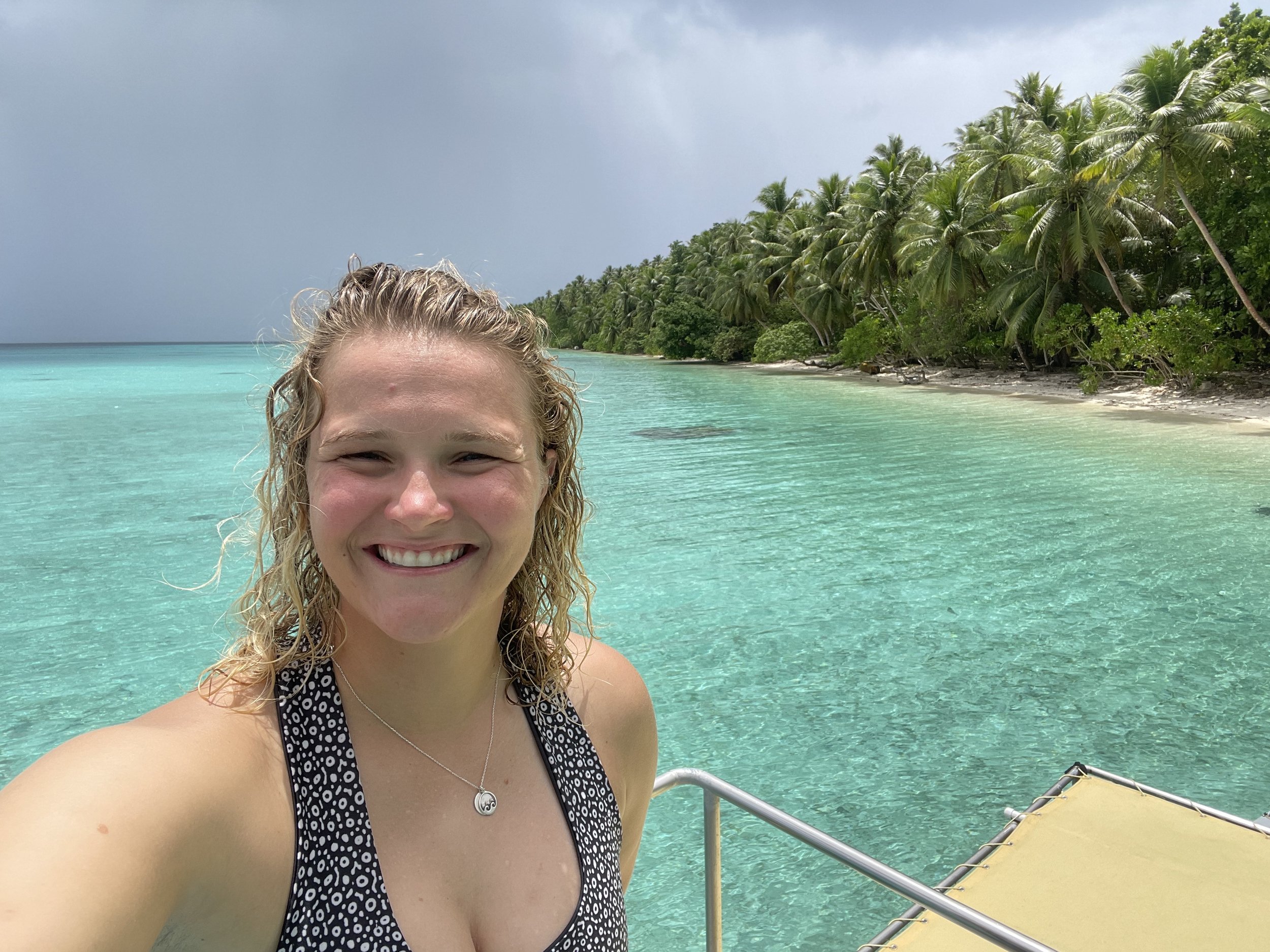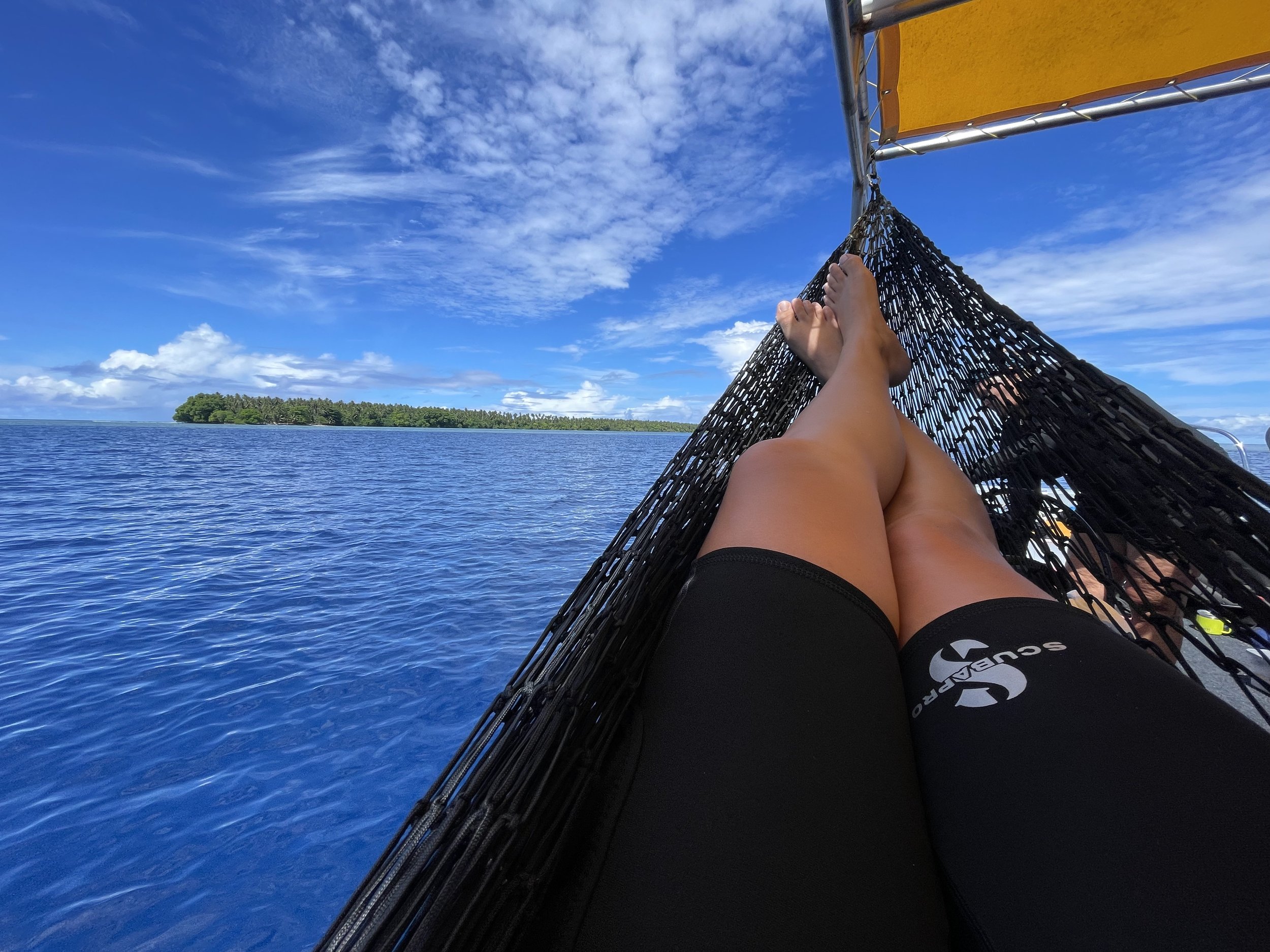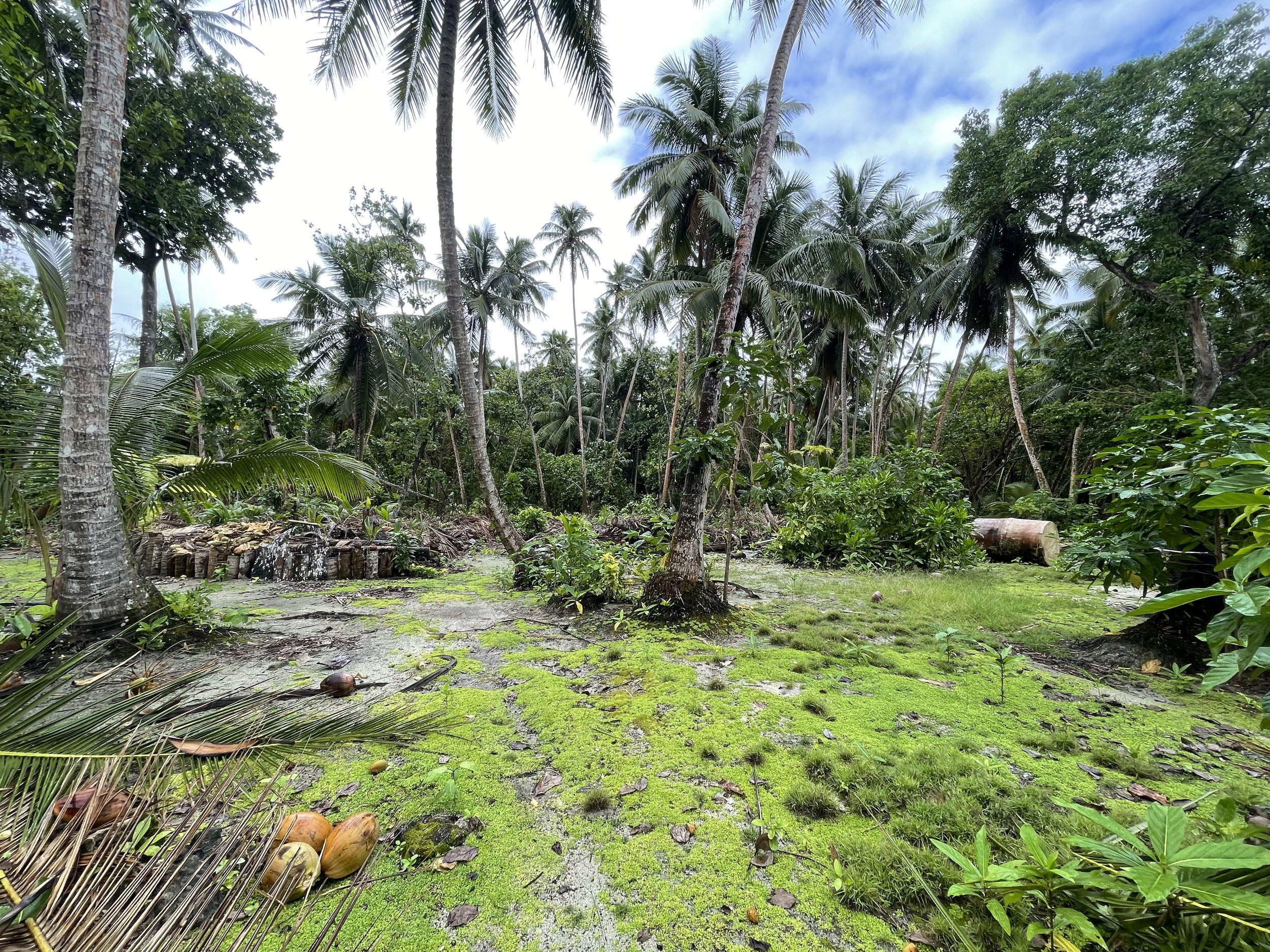Originally published on April 14, 2025 in the Coronado Eagle and Journal.
I am a proud Coronado local and graduate of Coronado High School. Growing up surfing, sailing, and diving, I developed a deep love of and respect for the ocean. From a young age I knew I wanted to dedicate my life to protecting it. That passion led me to a career in science.
Graduating from Duke University in 2020 with a dual Bachelor of Science in Biology and Environmental Science, I went on to earn a Master’s of Science in Biology from the University of Guam. Over the past eight years, I have worked with the National Oceanic and Atmospheric Administration (NOAA) as an undergraduate researcher, an Ernst F. Hollings Scholar, a part-time contractor working on nature-based solutions, and — most recently — as a Sea Grant Knauss Fellow in Washington, D.C. serving as a Congressional Affairs Specialist in NOAA’s Office of Legislative and Intergovernmental Affairs.
As a Knauss Fellow I worked at the highest levels of NOAA, leveraging my experience in the field to inform policy with sound science. Now, despite years of dedication, I — along with many of my colleagues — find myself facing a future increasingly devoid of science.
We are living in unprecedented times, and science is under attack at a moment when we need it more than ever. The current administration is actively undermining science by defunding research, firing critical experts, and spreading misinformation about our environment. Far too many of my colleagues — people who have dedicated their lives to serving the American people through science — have lost their jobs.
This isn’t just a blow to scientists; it is a direct threat to every American and the nation’s future. NOAA’s work is vital to public safety and the economy. It encompasses continuous delivery of earth, atmospheric, and oceanographic observations and scientific data for use by public, private, and academic sectors that aid in forewarning and mitigation of natural disasters. All this and much more protects livelihoods, supports local economies, and advances nature-based solutions to include safeguarding coastal communities — including our town — from erosion and rising sea level.
Once a global leader in science, American science is being silenced, defunded, and besmirched — unconscionably undercutting institutions critical to keeping this country safe, informed, and prosperous. When my Fellowship ended, I expected to start my dream job at NOAA; those jobs no longer exist. Infrastructure built to support American and global science is being gutted, and the consequences will reverberate around the world.
You may not think this affects you — but it does. The weather app you check before leaving the house. The surf report that helps you select which board to bring to the beach. Science is embedded in every aspect of daily life. If you hadn’t noticed it before, you will when it’s gone. Without continued investment in science, we will all pay a heavy price as fish stocks decline due to unmonitored fishing, beaches disappear due to unchecked erosion and sea-level rise, and home insurance rates rise sharply due to inaccurate or tardy storm forecasting… and these are just a few examples.
This is not an abstract problem — it’s happening now and hurting real people. Scientists, communities, and the environment will increasingly feel the consequences of the administration’s reckless decisions.
We must speak up, fight for science, and protect our environment for the future of Coronado and beyond. For the sake of the health of your families, your community, and our planet, raise your voice in defense of science — specifically scientific government agencies including NOAA, EPA, USGS, and HHS.
It is no exaggeration to say your children’s future health and prosperity hang in the balance.
Photo with Dr. Rick Spinrad, former NOAA Administrator and Under Secretary of Commerce for Oceans and Atmosphere, at a NOAA appreciation event following the mass firings of federal workers by DOGE.

































































































































































































